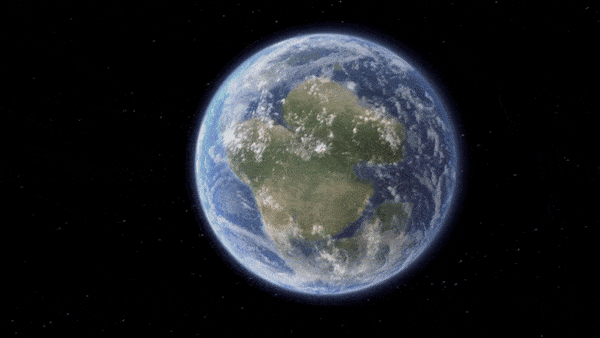When you purchase through link on our site , we may pull in an affiliate commission . Here ’s how it works .
A section of the Appalachian Mountains discovered in Mexico is pull scientists to redraw their single-valued function of ancient Earth .
The Appalachians are a series of mountain ranges in easterly North America that extend from Southern Quebec in Canada to northern Alabama . A piece of the mountain chain was of late uncovered in a enceinte Mexican outcrop of rock , known as the Acatlan Complex .

A graphic showing what scientists previously thought Earth looked like 420 million years ago (left) and a revised map (right) based on new evidence uncovered in southern Mexico.
Analyses of the rocks break they were formed on the sea floor , and geological dating showed they were much younger than previously thought .
" This will change the way geologists look at Mexico , " said discipline leader Damian Nance of Ohio University .
It also challenge current theories about the creation of the Appalachians , mountain ranges that have revealed worthful clues about the planet ’s early geographics .

antecedently , scientists thought that 420 million years agoEarthcontained two main land mass that were separated by a large area of sea , scream the Rheic Ocean . In the S was Gondwana , a supercontinent lie in of South America , Africa , India , Australia and Antarctica . And to the north was Laurussia , made up of North America , Greenland , Europe and parts of Asia .
According to the standard scenario [ range ] , the Acatlan Complex was once part of Gondwana , but it broke off the supercontinent about 500 million years ago . The coordination compound , along with a few other glob of land , tramp northward , and in the process blocked a stretch of sea make out as the Iapetus Ocean . The Acatlan Complex eventually collided with North America , and with the force of a colossal bulldozer sent the once flat land into sight - size of it ripples — forming the Appalachian Mountains .
But the recent analysis of the Acatlan Complex rocks let out they once existed on the Rheic ocean trading floor , not the Iapetus , suggesting the Appalachian - forming collision occur about 120 million class later .

consort to this scenario , the Acatlan Complex remained a part of Gondwana and the entire supercontinent slammed into North America . The collision closed the Rheic Ocean , created the Appalachian Mountains and formed the goliath land mass known asPangea .
The study is detail in the October issue of the journalGeology .
Pangea

Pangea begin to kick downstairs up about 225 - 200 million years ago . This spiritedness exhibit how it unfolded .
reference : USGS















